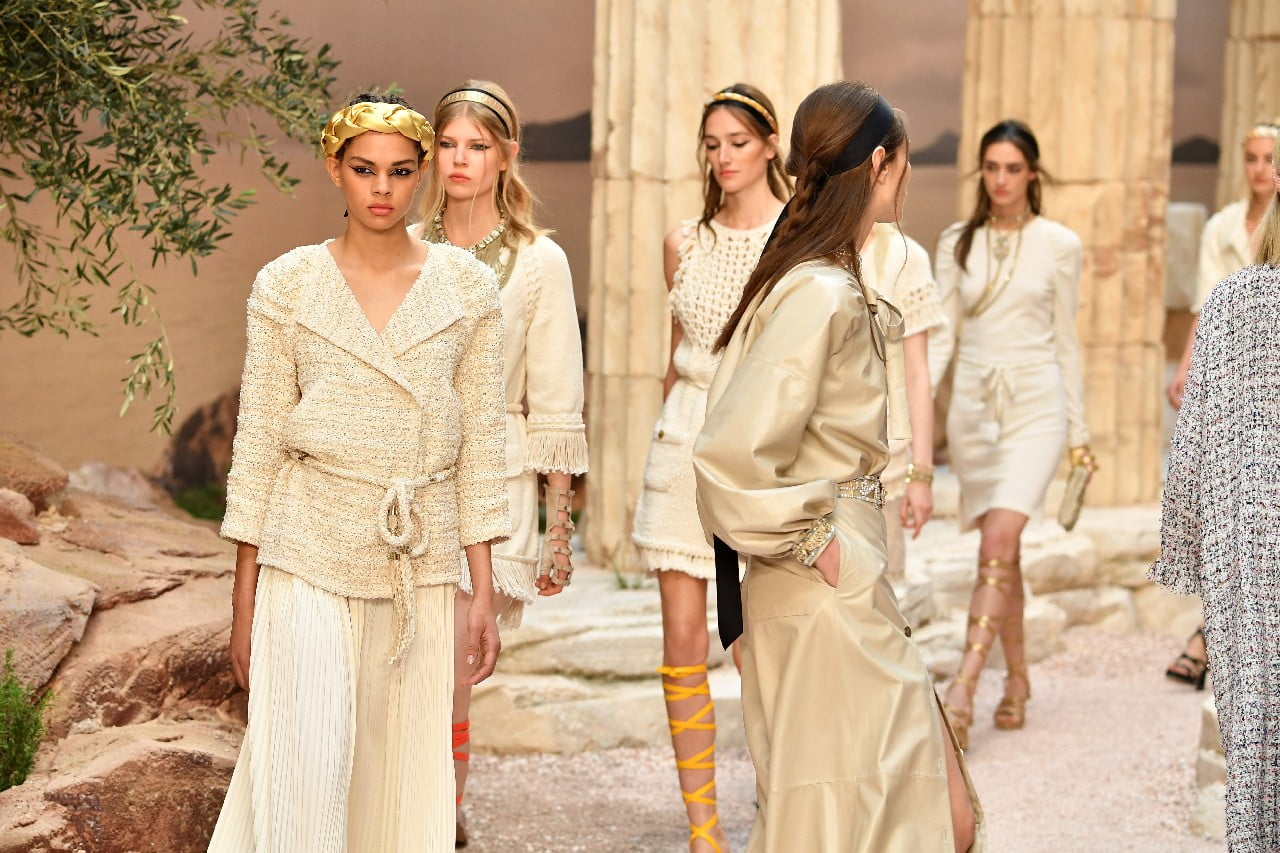In the fashion universe, the return of vintage is not just a passing trend but a real renaissance that is influencing contemporary style choices. This article explores the cultural, economic, and environmental motivations behind the rise of vintage, highlighting how new generations are embracing and reinterpreting the styles of the past.
The Cultural Charm of Vintage
Vintage attracts because of its ability to tell stories, to evoke past eras through textiles and design. This nostalgia is not just a fashion expression but reflects a collective desire to connect with the past. Younger generations, in particular, are attracted to the uniqueness and authenticity that vintage clothes offer, allowing them to express their individuality in a world where mass fashion tends to homogenize.
Sustainability: An Environmental Imperative
In addition to cultural appeal, the choice of vintage is strongly motivated by environmental considerations. The fashion industry is among the most polluting in the world, and the use of vintage clothing is a practical response to the need to reduce waste and resource consumption. Buying vintage means extending the life cycle of a garment, decreasing the demand for new clothing production and, consequently, the associated environmental impact.
Economic Benefits
Vintage also offers economic benefits for both consumers and sellers. For consumers, buying secondhand clothing is often more affordable and provides access to high-quality pieces at a fraction of the original cost. For vendors, the vintage market represents a business opportunity with steadily growing demand, spurred by environmental awareness and appreciation for unique style.
The Reinterpretation of the Young Generations
New generations are not only rediscovering but also reinterpreting vintage fashion, mixing it with contemporary elements to create a unique aesthetic. This process of reinterpretation is facilitated by social media and e-commerce platforms, where inspiration and accessibility to vintage fashion is just a click away. The influence of influencers and celebrities, who often sport vintage garments, plays a significant role in promoting this trend.
Conclusion
The resurgence of vintage in current fashion is a complex phenomenon that intersects culture, sustainability and economics. It reflects a growing awareness of environmental issues, an appreciation for uniqueness and quality, and a response to the desire for expressive diversity. With younger generations at the forefront, vintage fashion is not just a return to the past but a step toward a more sustainable and inclusive future of fashion.
Embracing vintage signals a significant shift in the way we understand and consume fashion, demonstrating that what is old can be new again, with benefits that go beyond aesthetics and touch on issues of sustainability and cultural identity.



